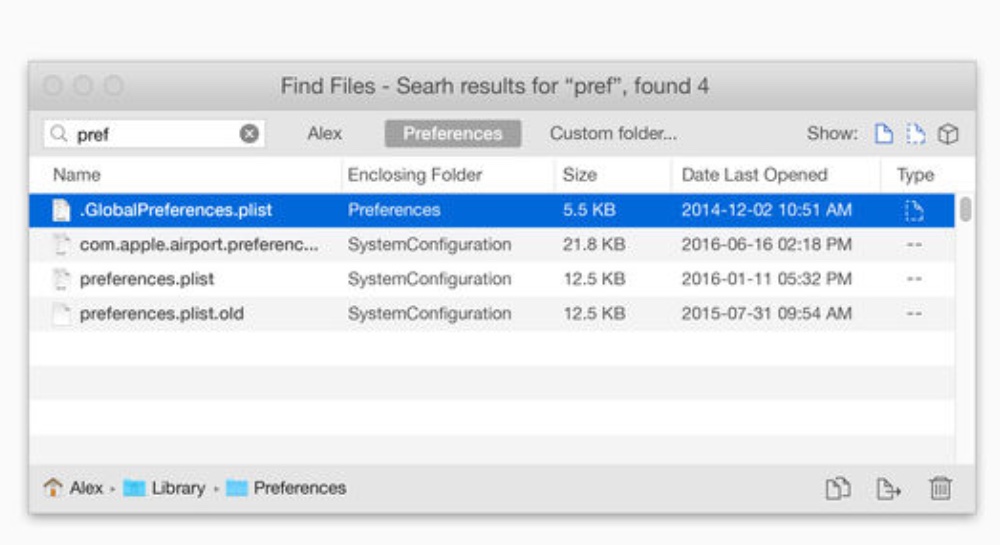A new ABI Research (http://www.abiresearch.com) forecast for handset-based navigation shipments finds they are expected to grow at a compound annual growth rate (CAGR) of 43% over the next five years, rising from 30 million in 2010 to 181 million in 2015.
Telematics and navigation practice director Dominique Bonte comments: “The handset navigation boom is largely driven by free turn-by-turn navigation solutions recently made available by Nokia and Google. During its last earnings call, Nokia announced that Ovi Maps had already been downloaded more than 10 million times. While Google Maps Navigation was initially only available on Android phones in the US, it is expected to be introduced gradually on other platforms and in other markets, as demonstrated by the recent launch in the UK.”
As a consequence, the latest financial results from leading personal navigation device vendors TomTom and Garmin show they are starting to suffer from saturating and even declining PND sales in North America and Europe. At the same time both companies’ entries into the handset space – with iPhone navigation software and the nüvifone range respectively – have seen mixed results.
Increasingly, navigation services — but also LBS (Location-Based Services) — are being included in packaged offers from handset vendors and carriers, subsidized by smartphone hardware or data communication revenues.
“These new business model paradigms upset the traditional value chain in which the end user pays directly for value-added mobile services,” says Bonte. “They put pressure on the smaller independent vendors which are unable to leverage market share and brand to generate new revenue streams such as advertising, to reduce costs through crowd sourcing, or to offer bundled services. Consolidation will be unavoidable.”



